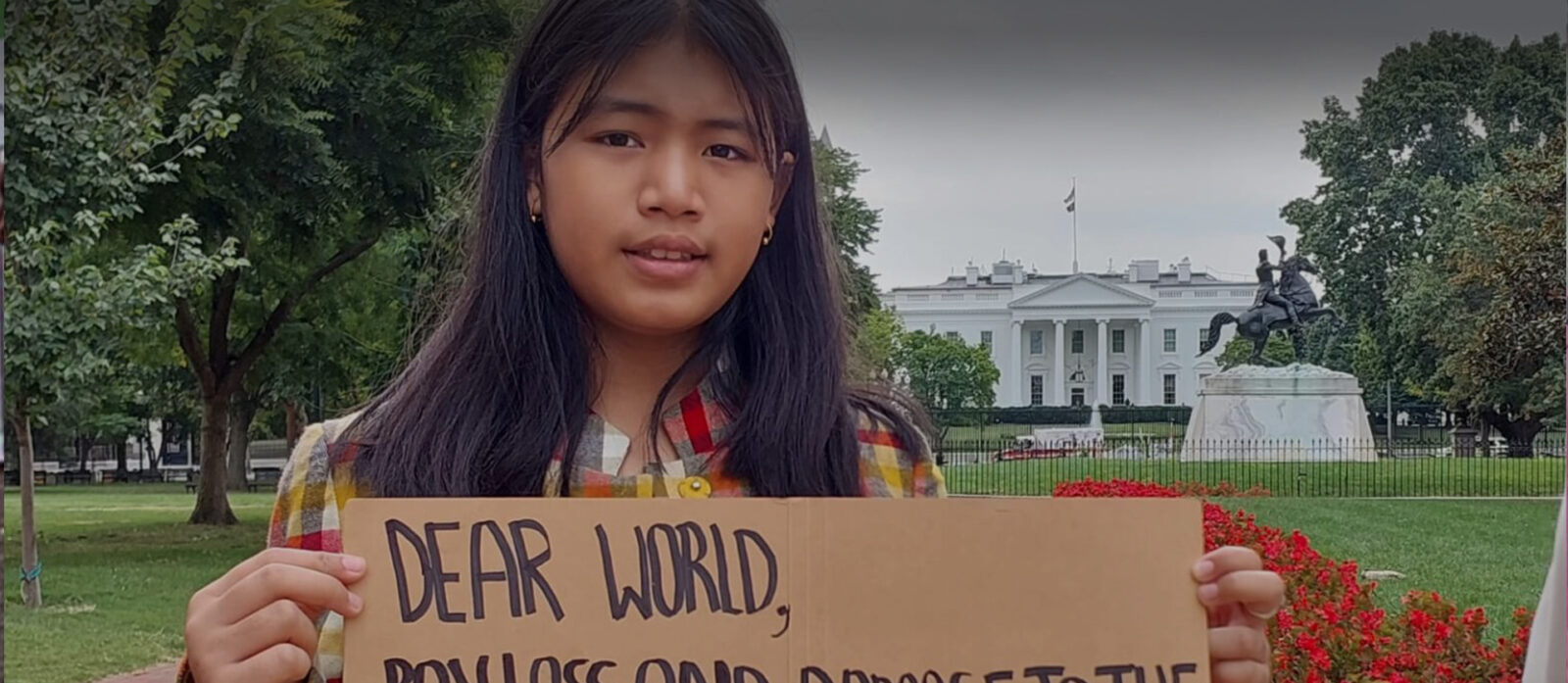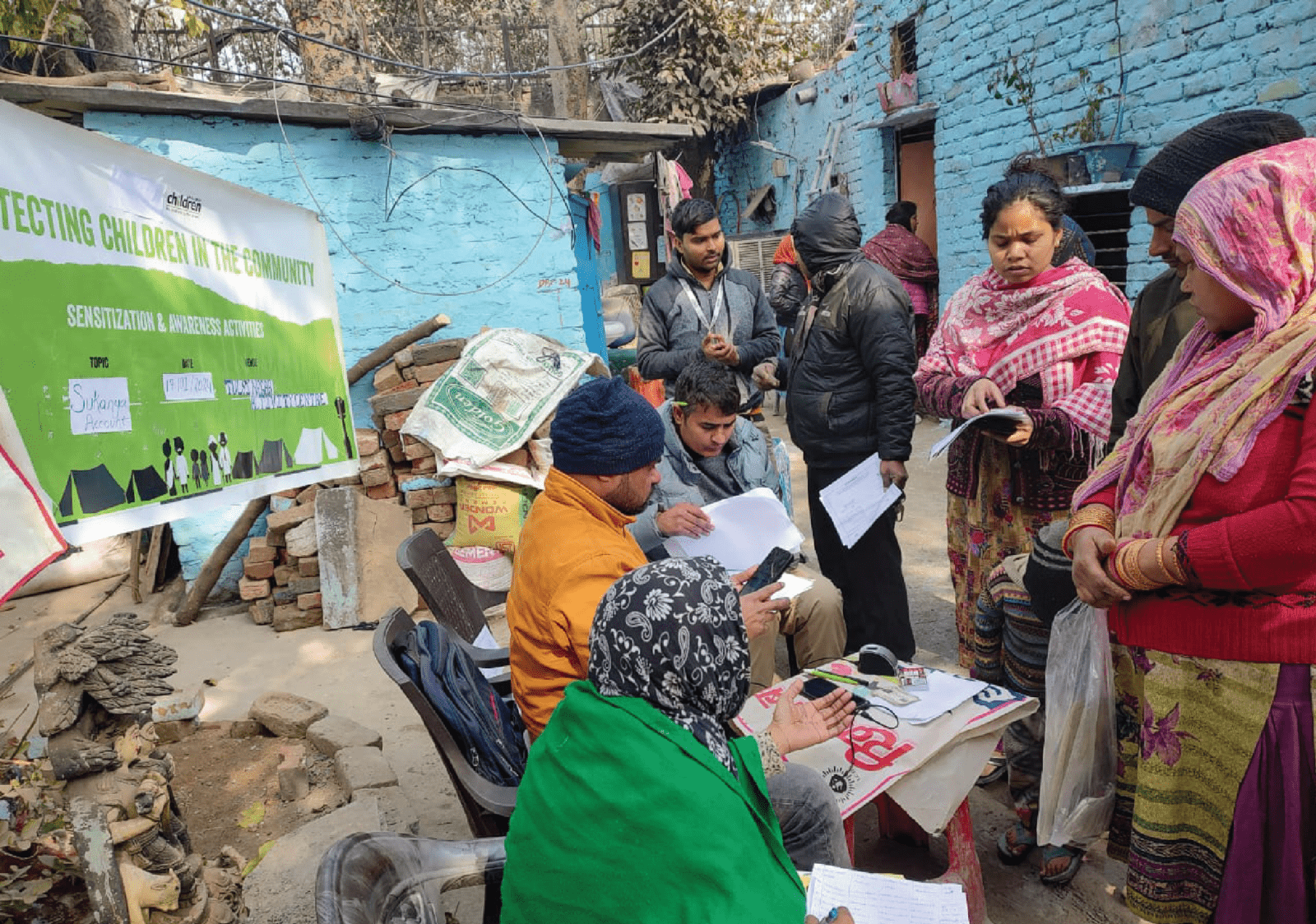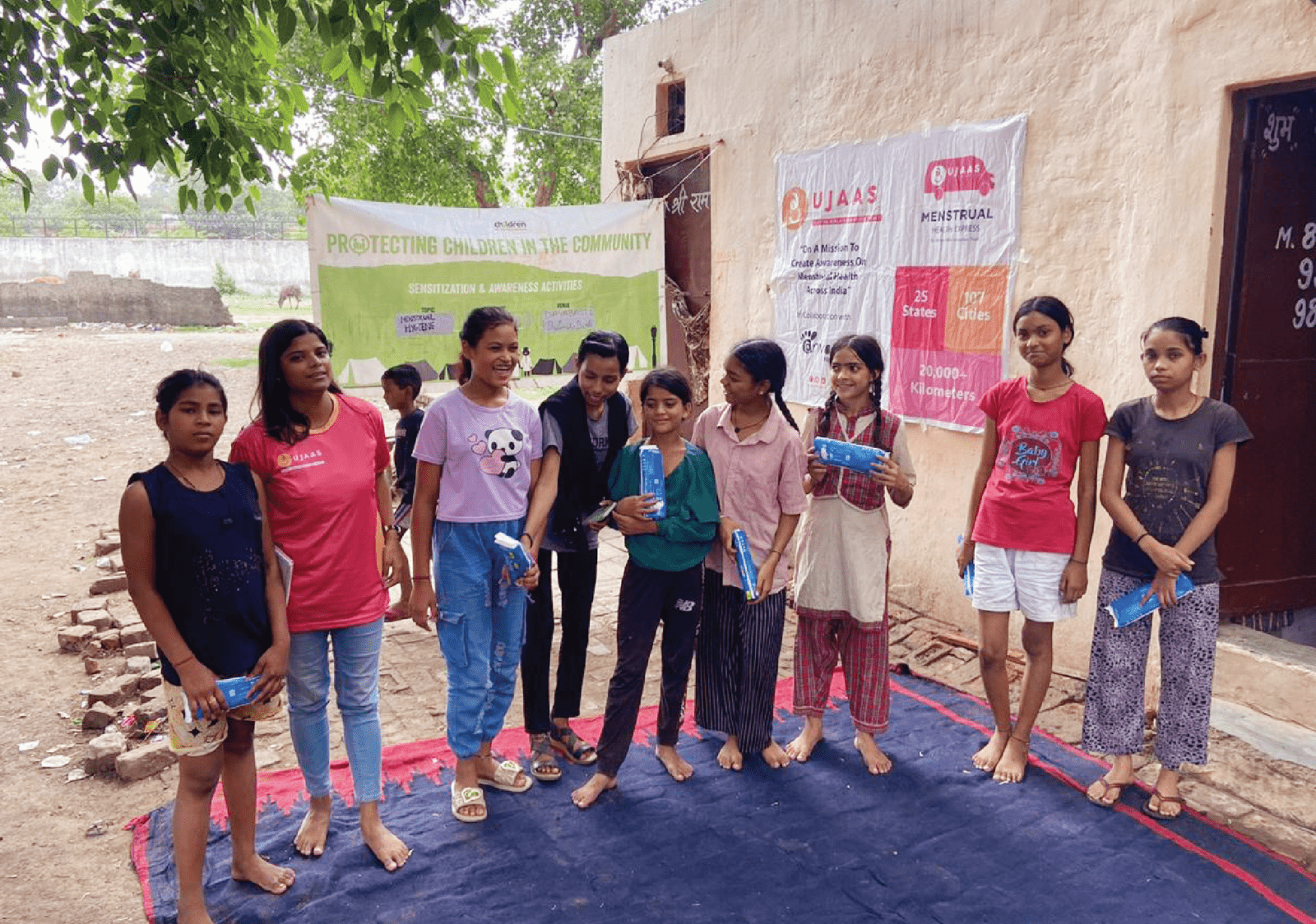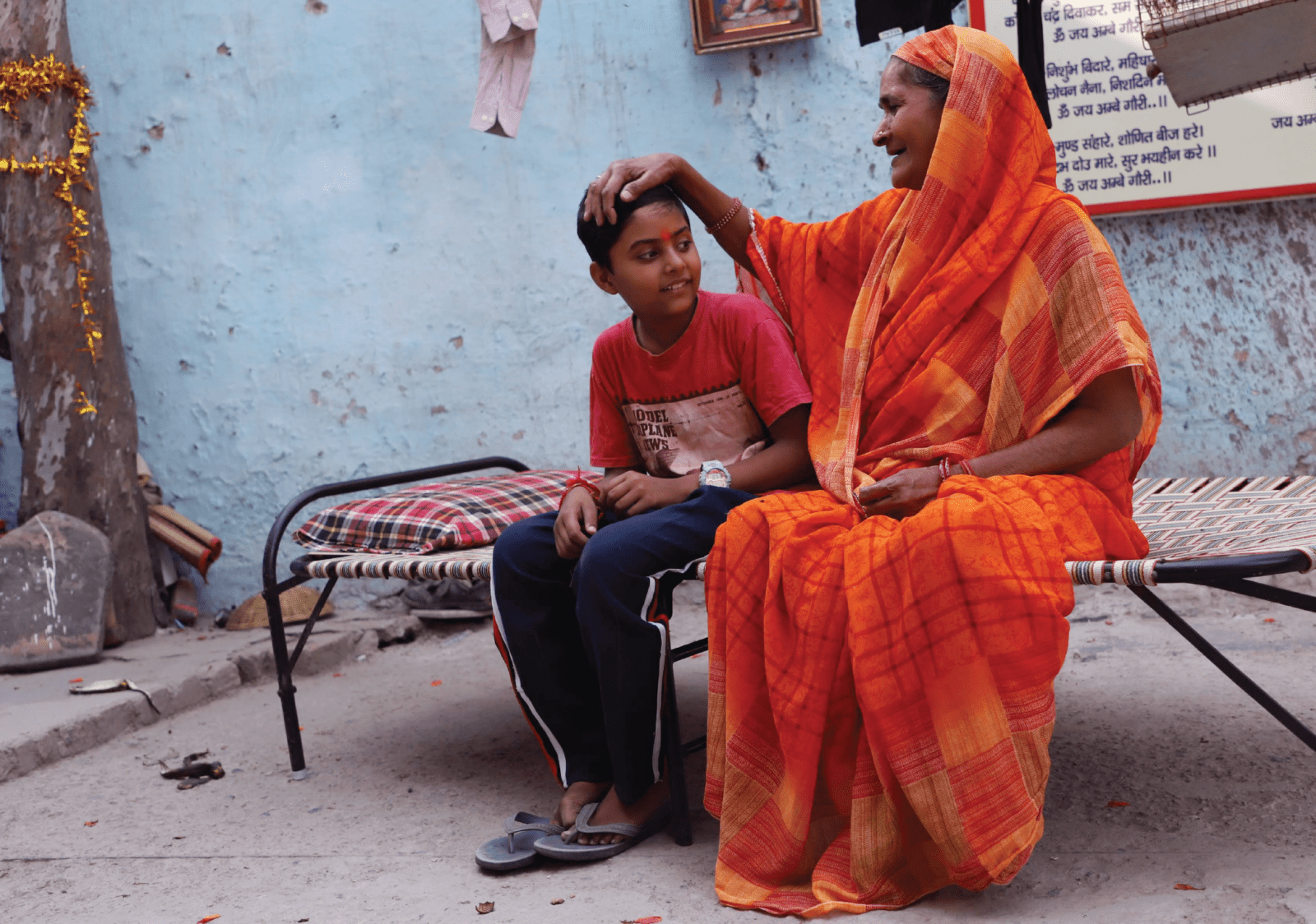As COP27 wound up, Licypriya Kangujam made headlines globally for demanding the first-of-its-kind “loss and damage” payments from developed nations. While this historic move was lauded globally, this wasn’t the first time that Licypriya shone bright in the spotlight.
Licypriya was all of nine when Cyclone Titli ripped through India’s coastal areas. A resident of Odisha then, Licypriya’s family was among 6 million others who faced the devastating impact of the natural disaster. Having witnessed score of families like her facing the wrath of Mother Nature, Licypriya felt an intense urge to fight for the right of children like to her live in a sustainable environment.
Licypriya’s move to New Delhi in the subsequent year did give her and her younger sister access to better education, but it also exposed the family to life-threatening levels of air pollution. Witnessing the enduring impact of climate change motivated Licypriya to make a move that would go on to create history—she took to social media and shared pictures of the heaps of trash littering the rear end of the famed Taj Mahal.
Holding a placard labelled “Behind the Beauty of Taj Mahal Is Plastic Pollution,” Licypriya tweeted
“Behind the beauty of Taj Mahal! Thanks humans. 😞
You might be witnessing this scene when you visit the Taj Mahal. You may say it’s very polluted but your 1 piece of polythene bag, one simple plastics water bottle led this situation when millions of people visit every year.”
The tweet garnered tremendous reach and attention, and even propelled the Agra’s Municipal Corporation into action. The young activist followed up her actions by penning a letter to the Archaeological Survey of India, asking the institution to ban single-use plastic completely in all UNESCO World Heritage Sites of India.
Licypriya knew, however, that armchair activism on social media platforms was not going to drive her cause to its fruition. Over the course of her activism, she has repeatedly protested outside the parliament to draw the PM’s attention to her three demands passing the climate change law making climate education compulsory as part of school curriculum and planting a minimum of 10 trees/year by every student in India.
She also founded the Child Movement, an organization that calls on world leaders “to take urgent climate action to save our planet and our future,” along with the Licypriya Foundation to champion every child in the fight against climate change and to make our planet green again.
Naysayers have time and again attempted to disparage her efforts; however, displaying wisdom and determination, she has always responded with sound logic clear intention.
To spread the word and raise awareness about the burning issue of climate change (pun intended), Licypriya has traversed across the world, including New York City, to attend the United Nations (U.N.) General Assembly, and Washington, D.C., to visit the White House. To raise funds for her visit to Cairo to attend COP27, Licypriya claims to have sold tea and coffee at a market booth in New Delhi.
Outside of activism, Licypriya leads a regular school-going life. When not attending global conventions or speaking at momentous events, she swims, paints and watches the cartoon “Doraemon” with her 8-year-old sister, Irina.
Force of habit does make her persuade her classmates to stop the use of single-use plastic and join her in her pledge to plant a million trees. Having realized the magnitude of the issue, her classmates and friends frequently accompany her to rallies, tree-planting activities and waste clean-ups, breathing life to Licypriya’s belief that “children can lead the change.”







